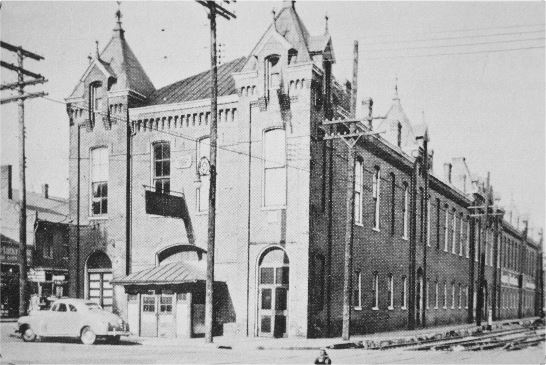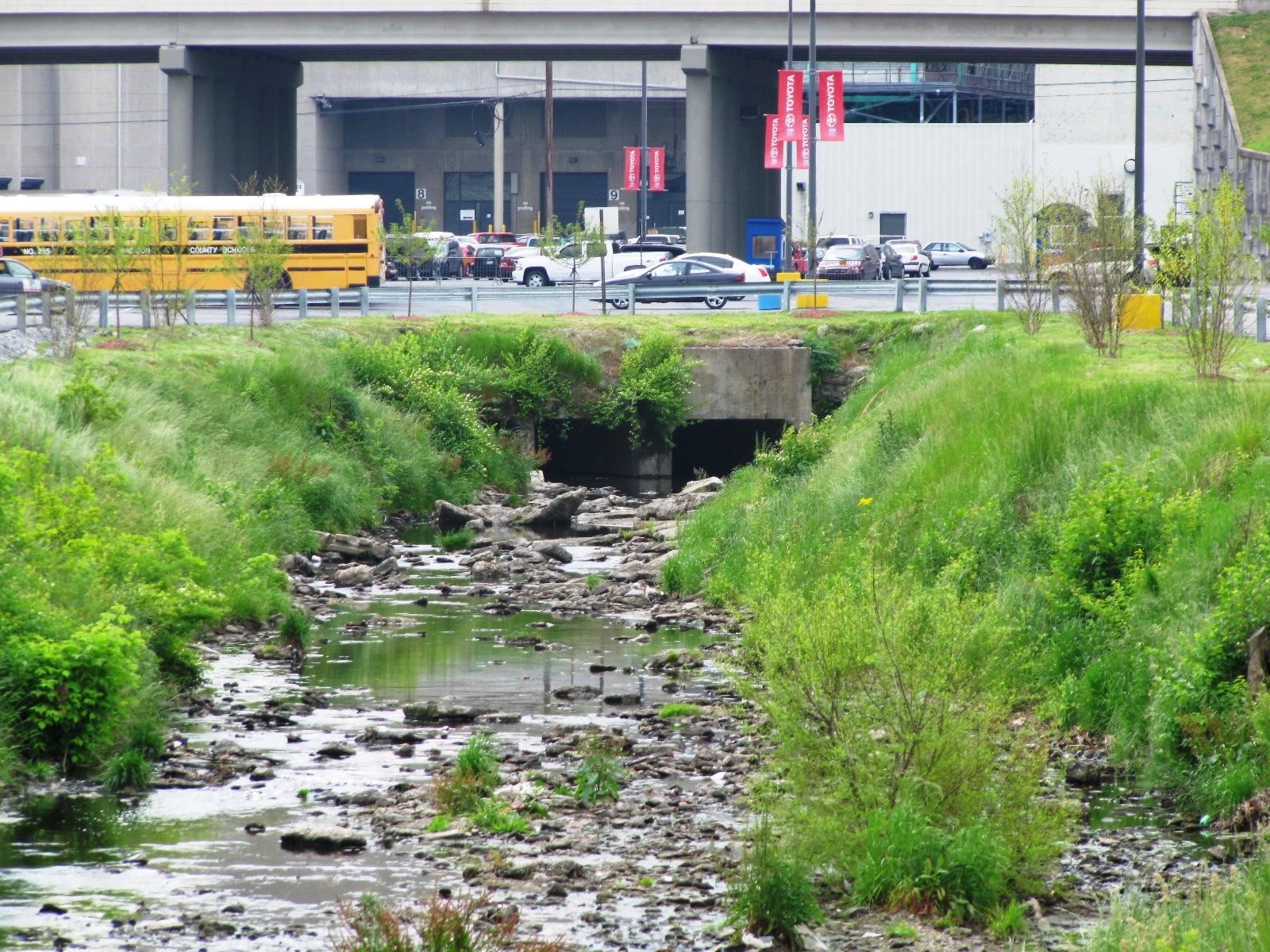
About the Trail
Kentucky's premier country to city trail
Article by Priyanka Ghosh
Town Branch Trail (TBT) is a proposed trail which would link downtown Lexington to its Bluegrass countryside. The trail would follow the Town Branch Creek which is the middle fork of Elkhorn Creek. Part of this creek is now buried underground along Water and Vine Streets in Downtown Lexington . In Downtown, one can notice the emergence of the historic creek behind Rupp Arena from where it flows towards Masterson Station Park and finally merges into South Elkhorn Creek. As the historic Town Branch Creek provided fresh water, the settlers came in as early as 1775.
Town Branch Trail (TBT) is a proposed trail which would link downtown Lexington to its Bluegrass countryside. The trail would follow the Town Branch Creek which is the middle fork of Elkhorn Creek. Part of this creek is now buried underground along Water and Vine Streets in Downtown Lexington . In Downtown, one can notice the emergence of the historic creek behind Rupp Arena from where it flows towards Masterson Station Park and finally merges into South Elkhorn Creek. As the historic Town Branch Creek provided fresh water, the settlers came in as early as 1775.

A Market House Archive Photo

Town Branch surfaces behind Rupp Arena Photo by Priyanka Ghosh
The first settlements of today’s Lexington came up in 1779, and the layout of the city was largely influenced by Town Branch Creek. In other words, the original town plat followed the orientation of Town Branch of Elkhorn Creek. The focus of this town plan was a Commons which is currently occupied by Triangle Park and the Hyatt Regency hotel. The Commons was later renamed as Water Street. In those early days of settlement, a series of half an acre “in lots” were built surrounding the Commons. These ‘in lots” were further surrounded by five acre “out lots” which were used for subsistence farming. Several early mills came up along Town Branch Creek including water mills, flour mills, paper mill and a lead factory.
By 1810, Lexington became an important trade and manufacturing center which was later affected by the arrival of steamboats that required true river ports. Nevertheless, the development of the railroad in the 1830s prevented city’s degeneration and was crucial for its growth. With the rapid growth of the city, the land along the historic Town Branch attracted developers and gradually by the mid-1800s, the creek began to be covered by buildings; more precisely by market houses. The first market house was built in 1791, and the last one known as “Jackson Hall” was built in 1879. It was later destroyed in 1941 in favor of a parking lot. As these market houses continued throwing leftovers into the stream, the stream gradually became a dirty sewer. According to Zina Merkin, the vice-president of the Town Branch Trail—a nonprofit organization, the market house was built on top of Town Branch Creek in order to take advantage of the flowing stream and humidity that provided a natural cooler for the produce. Today, there is an ongoing discussion on reviving the historic Town Branch Creek in Downtown Lexington through a process called daylighting. Recently, the city of Lexington has received a $14.1 million federal grant to fulfill its dream of connecting Downtown Lexington to its rural landscape which may need some time to complete. In the meantime, we—the citizens should celebrate the fact that the Town Branch Creek had played a significant role in shaping city’s past. Likewise, it will certainly play an important role in shaping the urban landscape of Lexington in the near future.
References
Angel, B. 2012. Town Branch Creek Could Flow Through Lexington Again Source LinkColeman, W. J. 1972. The Squire’s Sketches of Lexington. Lexington, KY: Henry Clay Press.
Merkin, Zina. 2001. The Disapperance of Town Branch Source Link
Musgrave, B. 2016. Lexington receives $14 million federal grant to pay for Town Branch Trail. Lexington Herald Reader, July 2016. Accessed April 27, 2017. Source Link
Schien, R. 1994. Lexington. In Lexington and Kentucky’s Inner Bluegrass Region, edited by Richard Ulack, Karl B. Raitz, and Hilary Lanbert Hopper, 33-38. Lexington, KY: National Council for Geographic Education.
Staples, C. R. (1939) 1996. The History of Pioneer Lexington, 1779-1806. Lexington, KY: The University Press of Kentucky. Source Link